How to Light Windows: The Indie Filmmaker’s Guide
UNDERSTANDING HOW TO LIGHT WINDOWS IS AN IMPORTANT SKILL FOR EVERY FILMMAKER. READ OUR COMPREHENSIVE INDIE-FILMMAKER’S GUIDE FOR WINDOW-LIGHTING TIPS THAT CAN BRIGHTEN UP YOUR GAME.
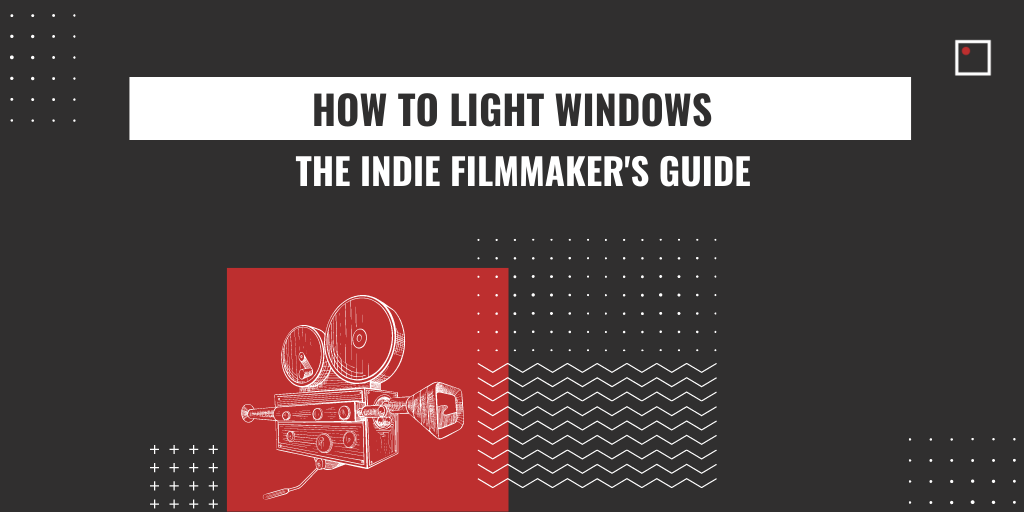
Written by Devan Scott
It’s the first day of your shoot. You arrive on location; it’s an interior. Daytime. You need to figure out how the heck you’re going to light this blank canvass of a room. Those of us tasked with shooting independent films have all been there, and those of you who want to shoot independent films will just as inevitably encounter this situation. Yet despite its commonality, this is one of the trickier situations you’ll be asked to shoot in.
Rooms are dark, surprisingly so! On film, an unlit room photographs much like a cave: mostly dark, with some bright points of light. In most rooms, these bright points are windows. They cut and control the real source of light: the sun.
How can we corral and enhance the sun to render rooms less cave-like, and more suitable to our storytelling needs? Here are some simple principles.
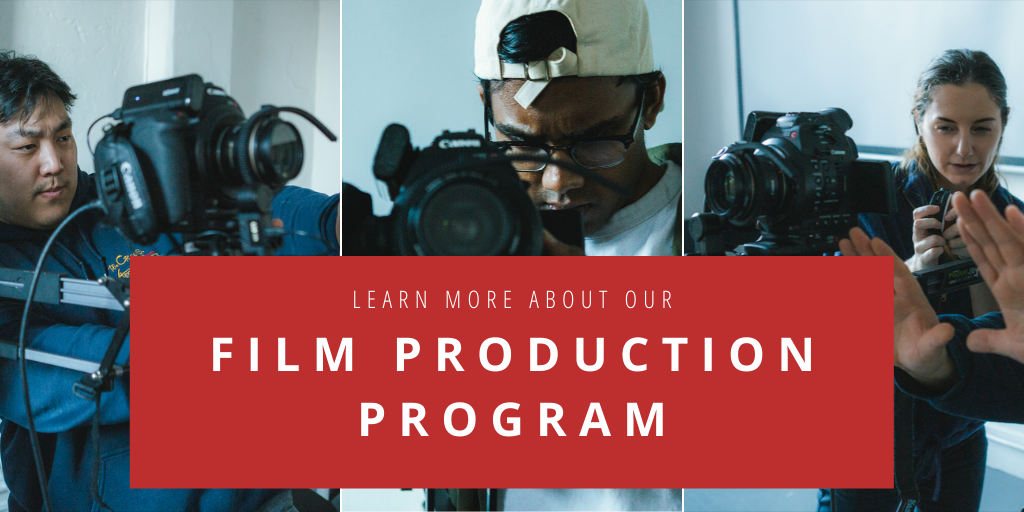
Click here to learn more about InFocus Film School’s Writing for Film and Television Program!
1. WORK WITH THE DIRECTIONALITY, NOT AGAINST IT.
When filming outside, sunlight comes at us from all directions. Unless you’re filming in a greenhouse, sunlight operates somewhat differently when indoors; it’s cut by windows. This represents equal parts limitation and opportunity.
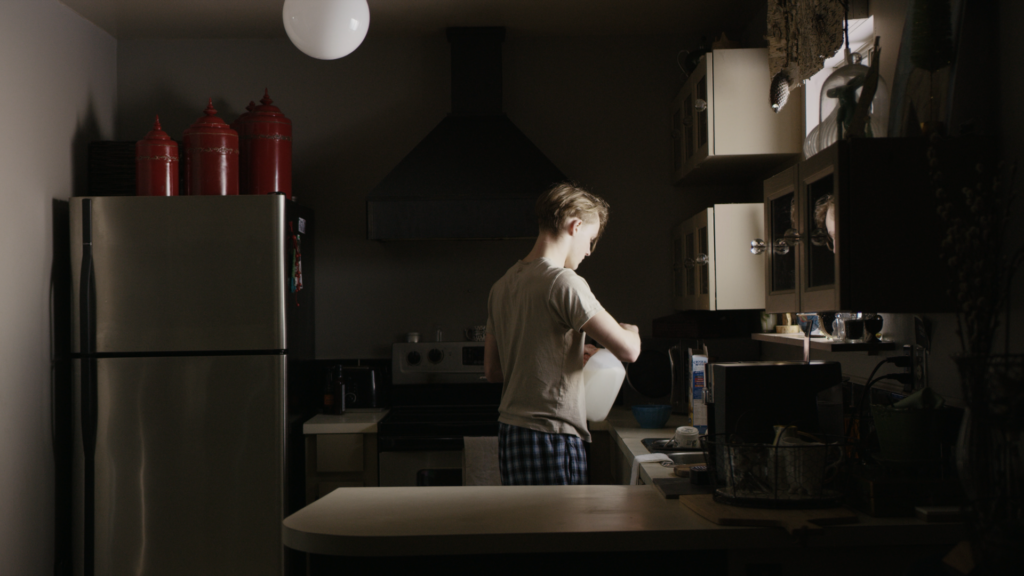
High Energy (Dir. Peter Faint)
Unless we’re able to knock out a wall (a rare privilege in indie films), we’re limited in where we can place our actors; however, by carefully observing directionality, we can work with the light rather than against it.
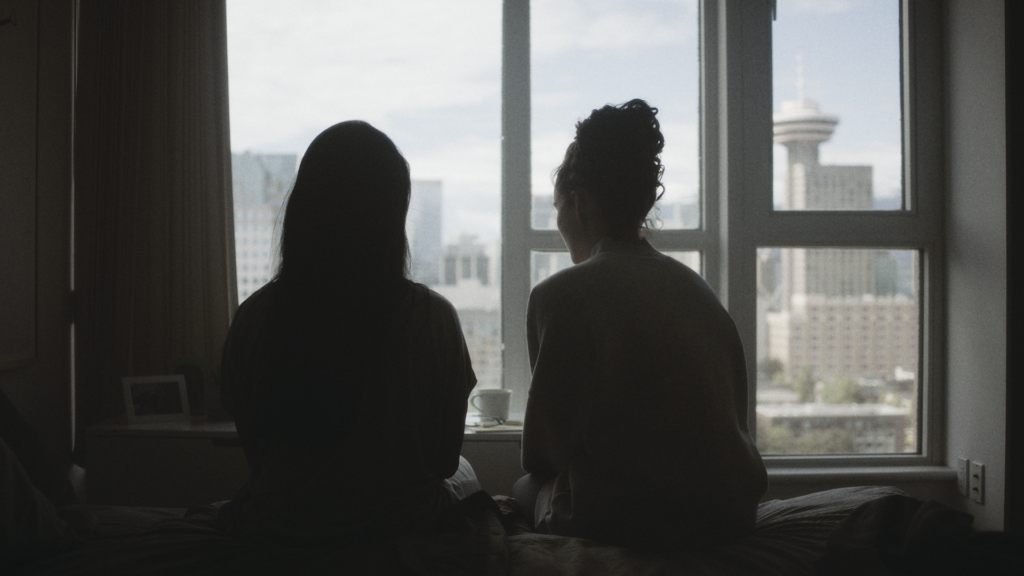
Characters generally resemble silhouettes when shot directly against windows. You’d need to add a lot of light to fight against this amount of sunlight. – ‘Hekademia’ (Dir. Gloria Mercer)
We can try to shoot out a window — right into the bright sunlight. It’s a great way to induce silhouettes, but it makes our lives very difficult if we want to see an actor’s face. When shooting in this manner, we’re pointing the camera directly at the dark, unlit side of our subject.
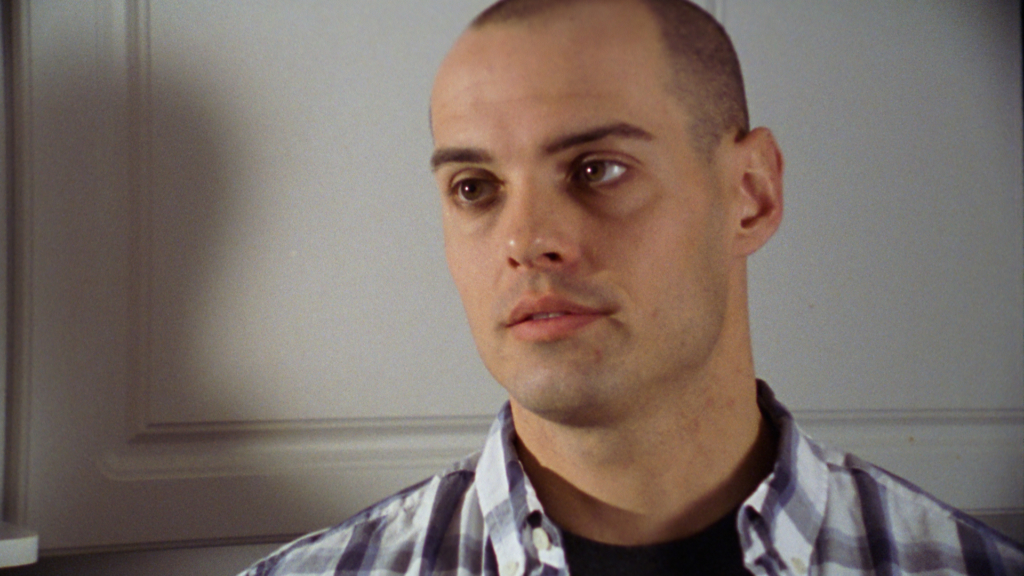
I did this actor no favors with my flat frontal window-lighting in this old student film. – ‘HIT ME!’ (Dir. Vladimir Fedulov & Daniel Jeffery)
If we reverse the subject and shoot away from the window our subject will be well-lit, but the lighting may end up flat as can be seen above. To emphasize depth (nearly always a good thing) we can split this difference, and…
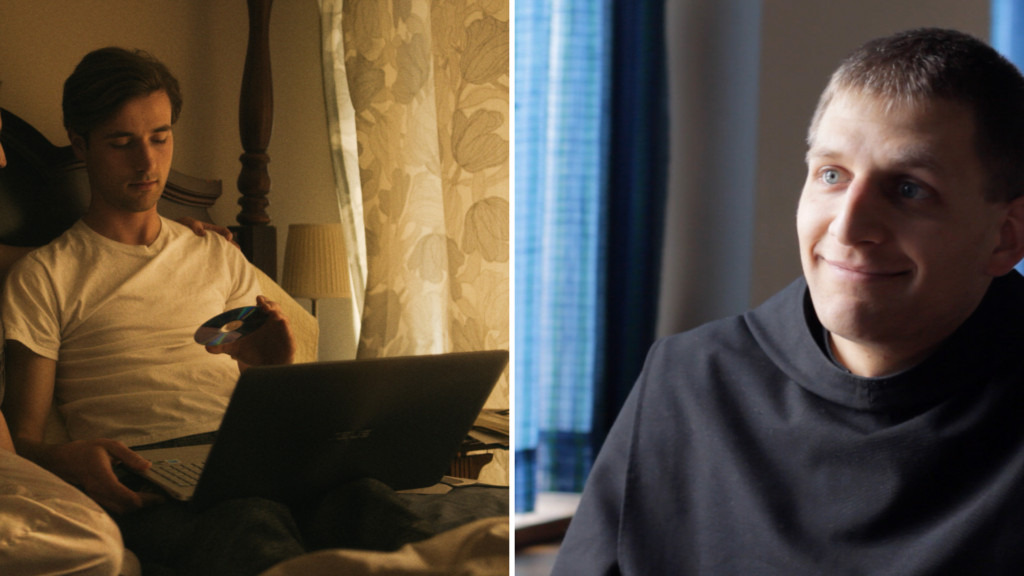
La Cartographe (Dir. Nathan Douglas) / Set Apart (Dir. James Penco)
…Light from the side. By placing the window to the side of our subject, we can work with the light it provides to effectively convey a sense of depth. As light wraps around a subject, it creates a gradient, and this gradient is a wonderful tool for giving shots a sense of depth. See the way that the light sculpts the faces in the shots above?
Silhouettes and frontal lighting absolutely have a place in every cinematographer’s toolkit, but more often than not I find myself lighting faces from one oblique angle or another.
2. USE THE WHOLE SPACE TO CREATE DEPTH
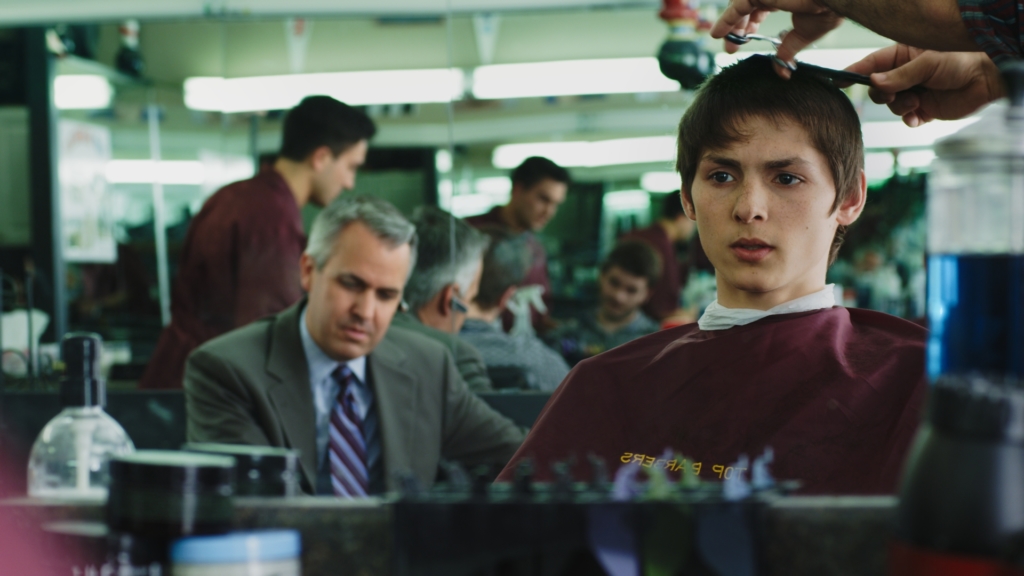
Multiple layers of action in ‘Son in the Barbershop’ (Dir. Nathan Douglas)
Note that despite taking place mostly in cramped rooms the images presented here feature distinct foreground and background layers. Depth is key to giving ourselves flexibility when lighting; if we can light the foreground and background separately, it gives us a far greater degree of control over the image. Physically separating our subjects from their backgrounds enables this.
3. OBSERVE THE TIME OF DAY
Unfortunately, we cannot lasso the sun, but we can predict where it’ll be. Use this knowledge to your advantage.
As the sun tracks across the sky, the effect on a room changes drastically. At 9:00am, sunlight might be streaming directly through the windows of an apartment; by 10:00am, any incoming light may be entirely indirect.
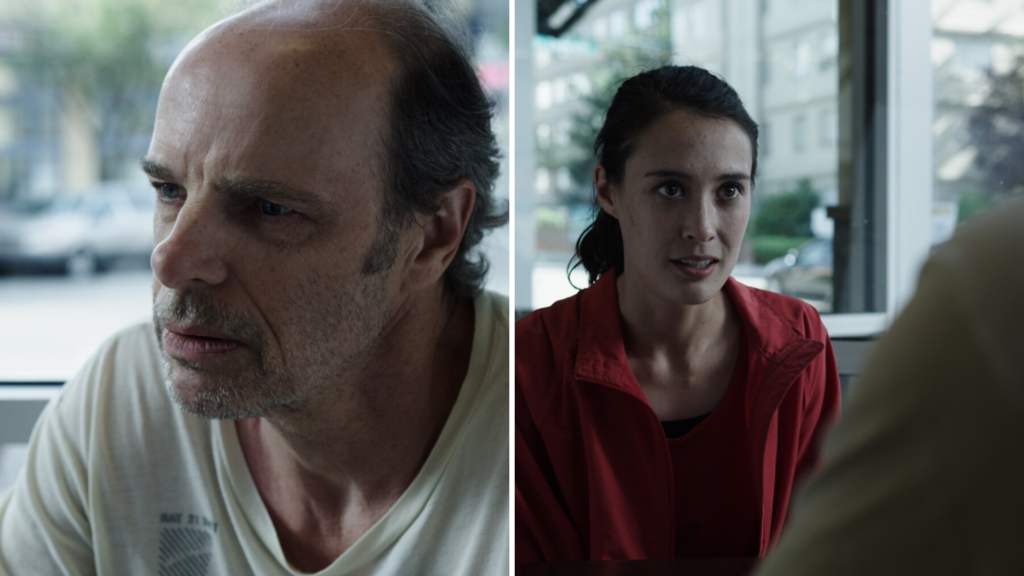
While shooting this scene from Lifeguard, we avoided an overexposed background by waiting for the sun to disappear behind a large building, shadowing the entire road in the background and evening out the exposure of these shots. If we had shot an hour earlier or an hour later, this street would have been hugely over-exposed and distracting.
4. BOUNCE THE SUNLIGHT
Need to brighten your subjects? Add some fill light? Let’s not reach for those expensive electrical lights just yet; a bounce board, cloth, or purpose-built flexfill will often do the trick. These enable us to harness the pre-existing light and redirect it back to our subject.
I generally stick to neutral white bounces for the most subtle possible effect when indoors. Mirrors or silver bounces risk giving away our source manipulations. In other words, the audience might notice our trickery!
5. WINDOWS AS MOTIVATION
We’ve been dancing around the central idea of lighting here – that of motivation. Time to address it.
Film is an unreal medium. We manipulate things constantly. It’s our job to fool the audience into believing that what they’re looking at is, in fact, happening in something resembling reality and not on a film set. To pull off this illusion, lighting is key; that means observing what’s in the frame and asking ourselves how it can be manipulated to realistically light a subject or, failing that, inventing an excuse that feels believable. A window (or, more accurately, sunlight) is a great excuse.
If an audience sees a window in your shot, well done — you’ve established that your room has windows. You can now ‘extend’ those windows using other light sources; this involves adding our own manufactured light into the mix to make an in-frame source brighter or punchier than it might otherwise be.
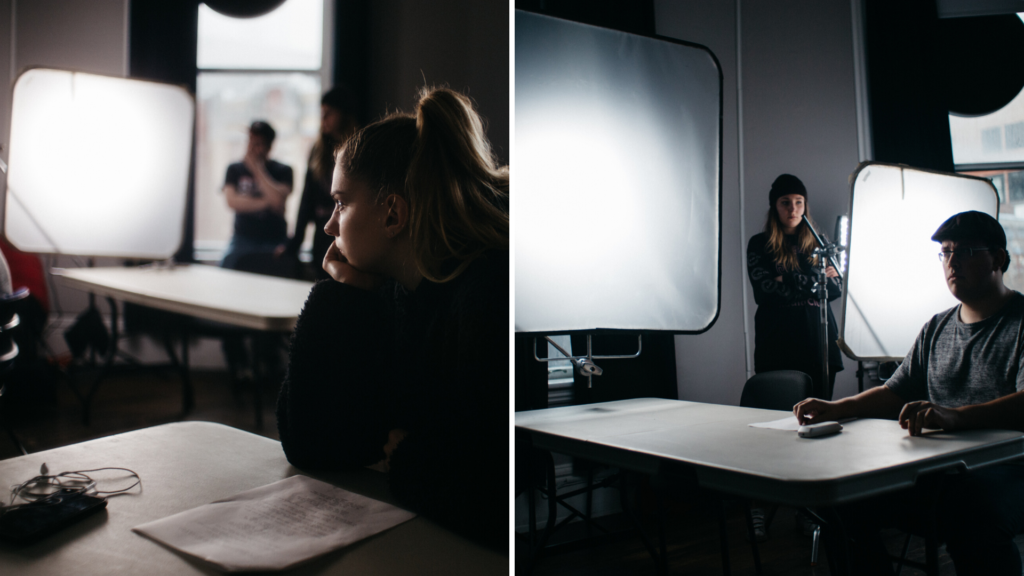
In an exercise, our subjects are lit by imaginary ‘windows’ that pack far more of a punch than ordinary windows might otherwise. This enables the entire room to be lit from these sources.
To do so believably we need to observe the quality and directionality of our real-world source. Is a shaft of hard sunlight shining through the window? Extend it with a hard, unfiltered source, or imagine that the source is bounding off of the floor or a wall and extend that by bouncing your own light source off of a bounce or reflective surface.
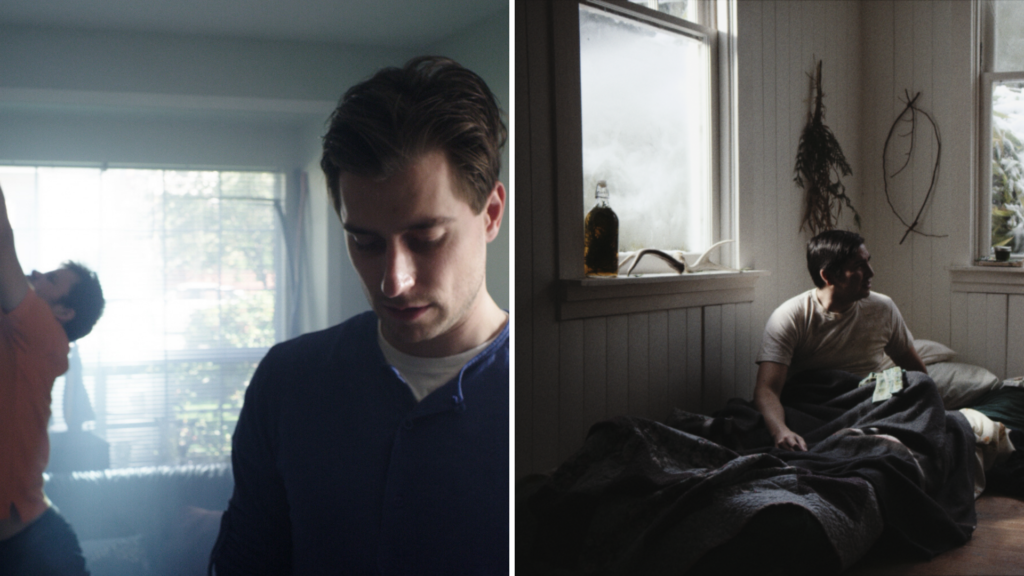
Directional sources in Paradiso (Dop. Aerlan Barrett) and Berg (Dir. Brit Kewin). These scenes feature hard, directional light sources shining through windows to replicate direct sunlight.
If it’s a cloudy day or sunlight is indirect, extend it by adding a soft source to the mix. Keep in mind that, in all of these examples, the ‘fake’ light is coming from the same general direction as the ‘real ‘light; we’re simply adding our own manufactured wattage to make a pre-existing source appear to light the scene better.
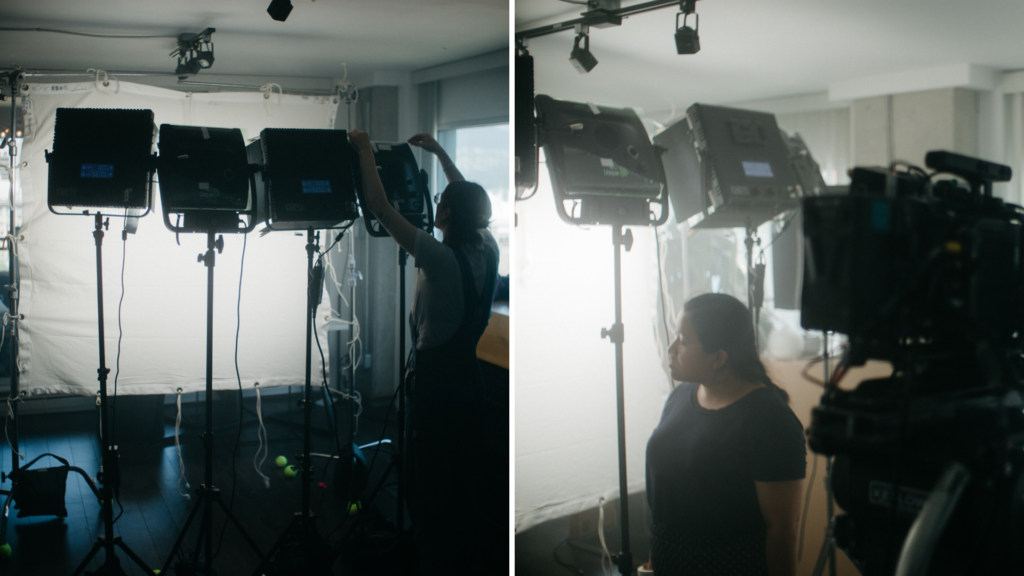
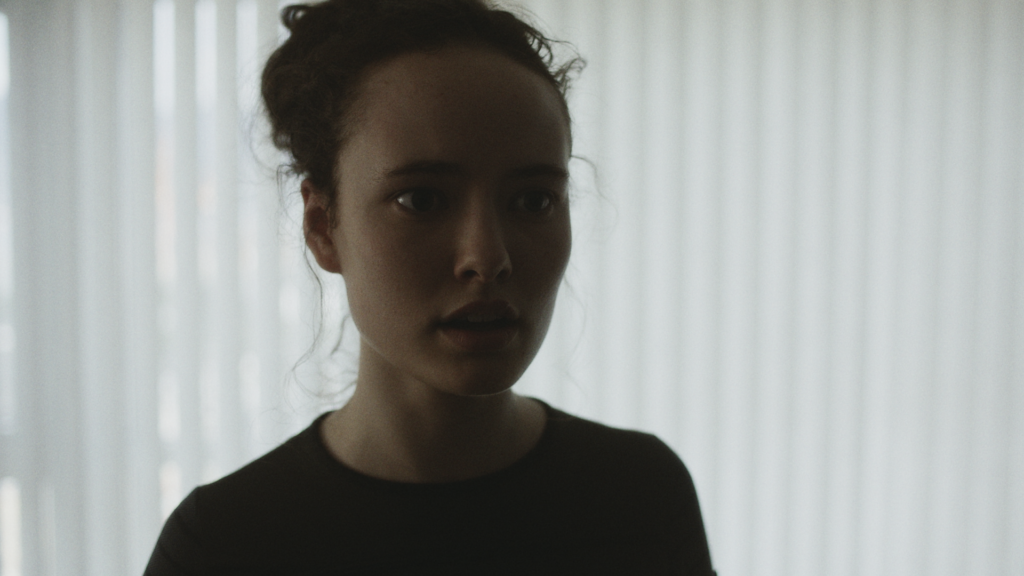
A large, soft bounce enables this window’s illumination to ‘wrap around’ our subject in ‘Hekademia’
We can also use what the audience doesn’t know against them! If your audience never sees a wall, they have no idea what’s there; why not an unseen window? I’ve used this technique numerous times to escape from literal and figurative tight spots.
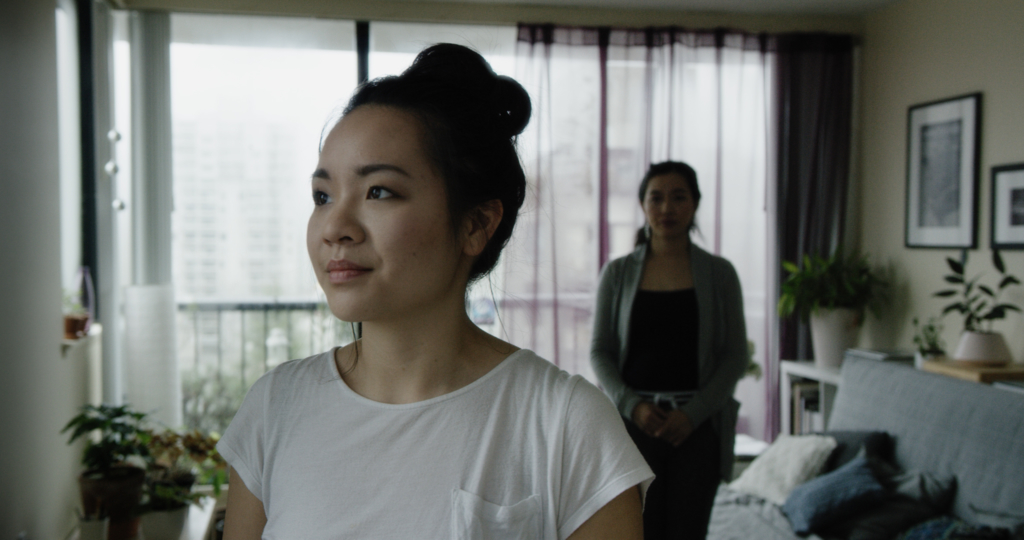
In ‘That’s Money in My Pocket’ (Dir. James Penco), there appears to be a window lighting our foreground subject; this is, in fact, a completely fabricated source. No such window exists, but the audience doesn’t know that!
6. APPROACH OTHER SOURCES WITH CAUTION
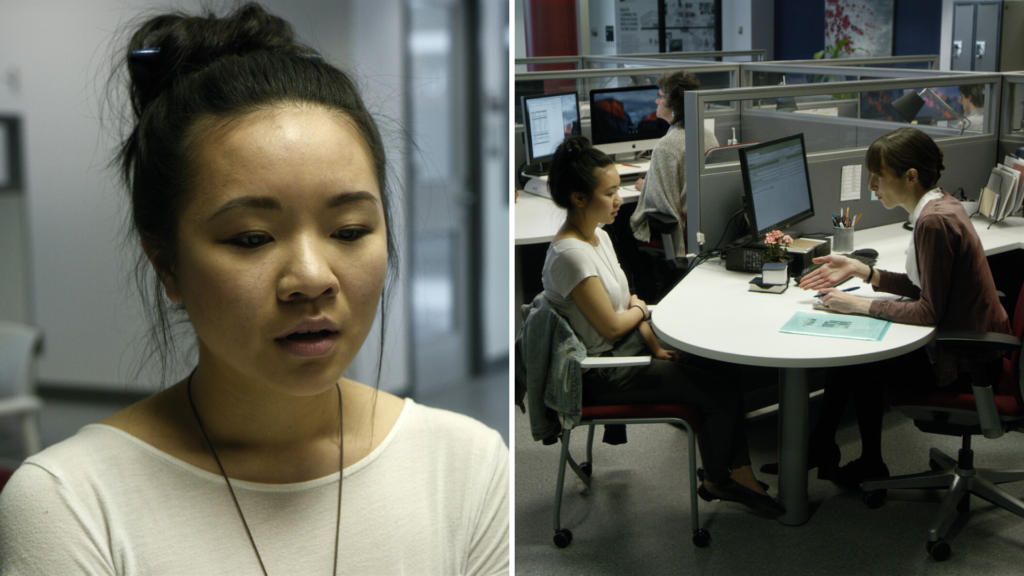
Green fluorescent fixtures illuminate the foreground of this daylight interior in That’s Money in my Pocket, lending the scene a sickly institutional feel.
Of course, the sun is far from the only source that illuminates our day-to-day lives. Lamps, fluorescent ceiling fixtures, screens, pot lights… the list goes on, and the possibilities are endless; too endless to explore in a single article.
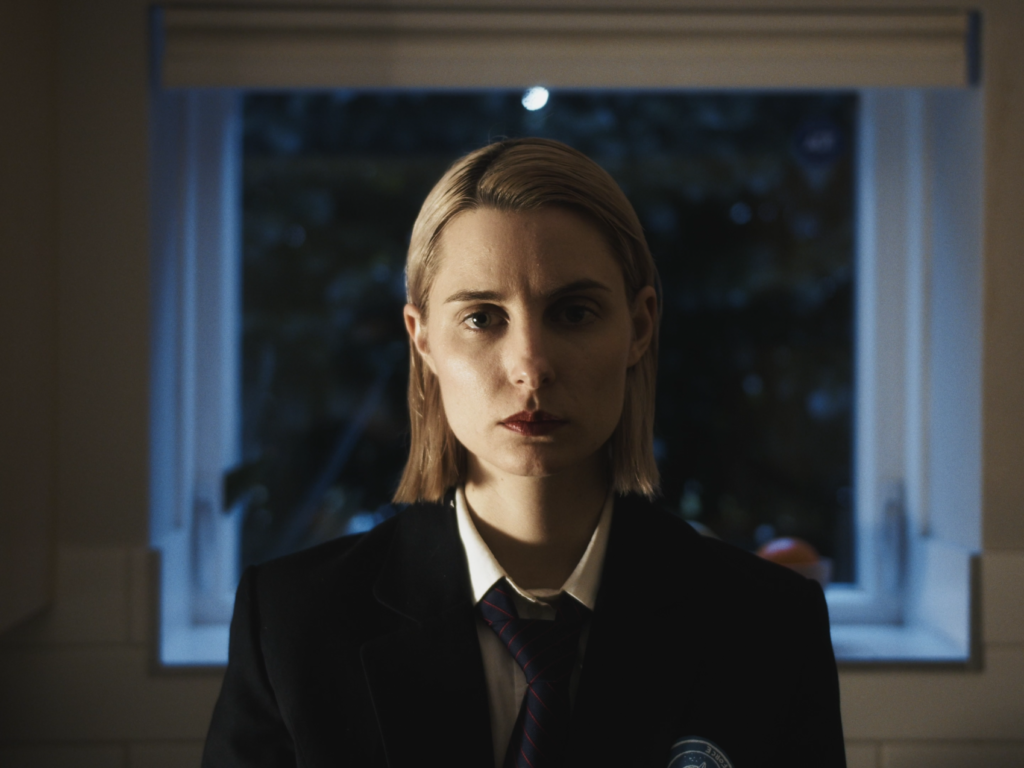
A household source lights the subject’s face in ‘Space Force’ (dir. Hannah Dougherty). Note how the foreground and background are lit completely separately.
We must, however, approach a mixing of sources with caution. To achieve a coherent lighting plan we must be bold and decisive. If we use a half-dozen sources — or even just two — in a way that muddles those sources together, problems will ensue.
To prevent this, use the three-dimensionality of the physical space by separating the lighting into different layers. Light the background with a different fixture than the foreground. Light two sides of the same object with different sources. Beware of colour differences; manufactured lights range from orange to green and anywhere in between, but they rarely mix well with daylight sources unless great care is taken to separate them.
7. THINK OUTSIDE THE ROOM
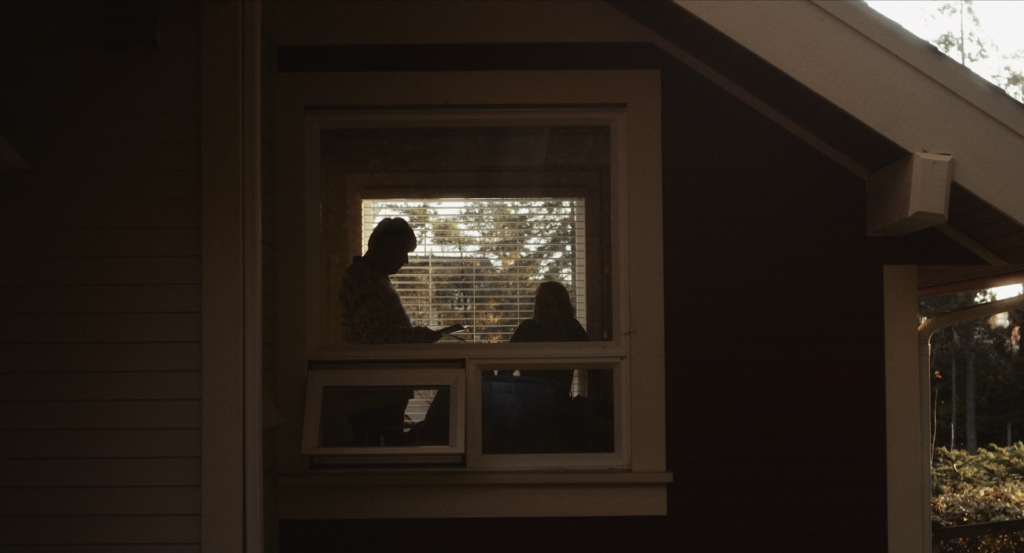
Preface (Dir. Will Ross & Devan Scott)
On a recent shoot, we shot a whole scene in a bedroom so small that our camera could barely fit, much less lights. In lieu of cramming our equipment into a tiny room, we simply waited for the sun to light the landscape nicely, threw our actors into silhouettes, and filmed the entire scene from outside the room. Don’t be afraid to throw caution to the wind and find clever ways around seemingly impossible situations.
Lighting is an almost irreducibly complex subject, and it’s impossible to boil down the principles of lighting daylight interiors to an article such as this one. However, I hope this handful of pointers can serve as a roadmap for you on your cinematographic journey.
Related Links:
InFocus Film School Film Production Program






